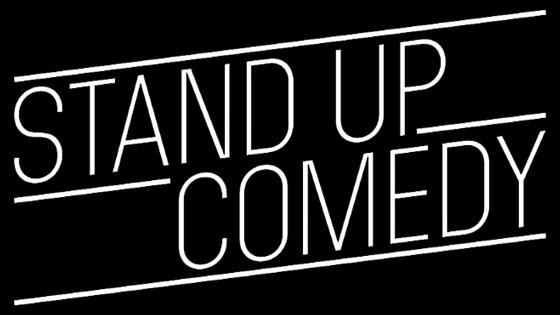Click here to view part 1 of this video. Part 2 of this video blog goes over the last stages of the 6-step creative process: evaluation, elaboration, and implementation. Learning how to write comedy using the 6 steps will help you consistently create more original, novel material in your comedy writing, performing, and your marketing efforts.
Evaluation
The next stage is the evaluation stage. When you piece together these ideas and have a creative insight you want to know whether or not the idea is any good. If you’re talking about an individual joke then you don’t need to analyze the joke over and over again to figure out whether it’s going to work… all you have to do is through it on stage. But a lot of the HUGE creative ideas aren’t just a simple joke. They’re ideas that completely deviate from the way stand-up comedy was done in the past.
I use the example of Steve Martin a lot. Anti-comedy isn’t something that could be thrown on stage once and evaluated effectively. It was so revolutionary, so new, that people didn’t quite know how to relate to it yet.
So in the evaluation stage you want to look at both the positives and negatives of an idea from both an analytical (looking at single components) and holistic (looking at the idea as a whole) perspective. This is true whether you’re evaluating a single joke, a bit, or something that you want to make the creative focus of your career. This gives you a really good idea of the strengths and weaknesses of that joke or creative idea and teaches you how to go about making it better. Sometimes when you’re looking at the entire joke you’ll see that, even though the entire joke gets a laugh, when you analyize the components of the idea you’ll find that some of those components aren’t adding to the joke or even taking away from it. You’re going to get different answers by viewing a creative idea holistically as you would by viewing it analytically. So we want to do both when we’re really evaluating an idea.
Elaboration
Great stand-up comedy isn’t written… it’s rewritten.
The next step is in the elaboration of the idea. When you elaborate on an idea what you’re really doing is going back to the first 3 stages of the creative process: observation, abstraction, and synthesis. When you’re first starting out writing comedy material, you don’t know where you’re going to end up. When you’re in the elaboration stage you actually have an idea to relate new ideas to. We’re taking our original idea; analyzing it to find the positives and negatives. You’re taking those first 3 steps and building on top of them. We’re really fleshing the idea out here. If you start with an individual jok, you’re taking that single joke and fleshing it out into an entire bit.
Implementation
The last stage is the implementation stage. This is where you see how your idea works in real life.take the comedy material you’ve written or the new idea you want to try out on stage and give it a try in front of a live audience. Again, in the short-term, if you’re talking about individual jokes than all you have to do is through it on stage. But if you’re talking about very original ideas, things that are entirely novel that can’t be thrown on stage once and evaluate, then there’s going to be a highly predicable (and scientific) way that audiences relate to novel ideas. It’s called an implementation curve. I won’t talk about it too much here (I talk about it in-depth in the Creativity For Comedians Program).
What an implementation curve really says is that about 2.5% of the population (known as “innovators”) are people whose personalities naturally gravitate towards new and original ideas. They tend to accept new, original ideas right away. It’s just who they are as people. The rest of the audience, the vast majority, will be lying on other stages of the curve as far as how they relate to new ideas. You want to pay particular importance to the innovators in the crowd. The innovators are so important because they turn around and get the people laying further along the curve to follow suit. It’s not that you influence every single person directly who ends up becoming a fan. What really happens is that you influence a small portion of people so much that they turn around and tell their friends about you. They’re pitching you to them.
What’s so important here is that people that lie further along the adoption curve aren’t those that can be influenced by you anyways. It doesn’t matter how funny a YouTube video is, people on the far end of the adoption curve (the majority of people) aren’t searching for it. The way you overcome this is by appealing to the innovators in the audience that are actually willing to accept your idea and tell their friends about it.
Going Deeper
Those are the 6 steps of the creativity program that I talk about in the Creativity For Comedians Program. Sign up for the newsletter and you can get the entire first hour of the creativity program for free. If you have any questions on this then email me using the contact form. You can also make suggestions for future videos.
Jared is a comedian, comedy teacher, creativity expert, and seminar leader. He’s the creator of the Faster & Funnier Stand-Up Comedy Course, boasting over 11 hours of videos on how to write comedy, perform, and market yourself effectively as a comedian. He is also the creator of the Creativity For Comedians Program, a 6+ hour advanced-level program which builds on information learned in conventional stand-up comedy classes.

